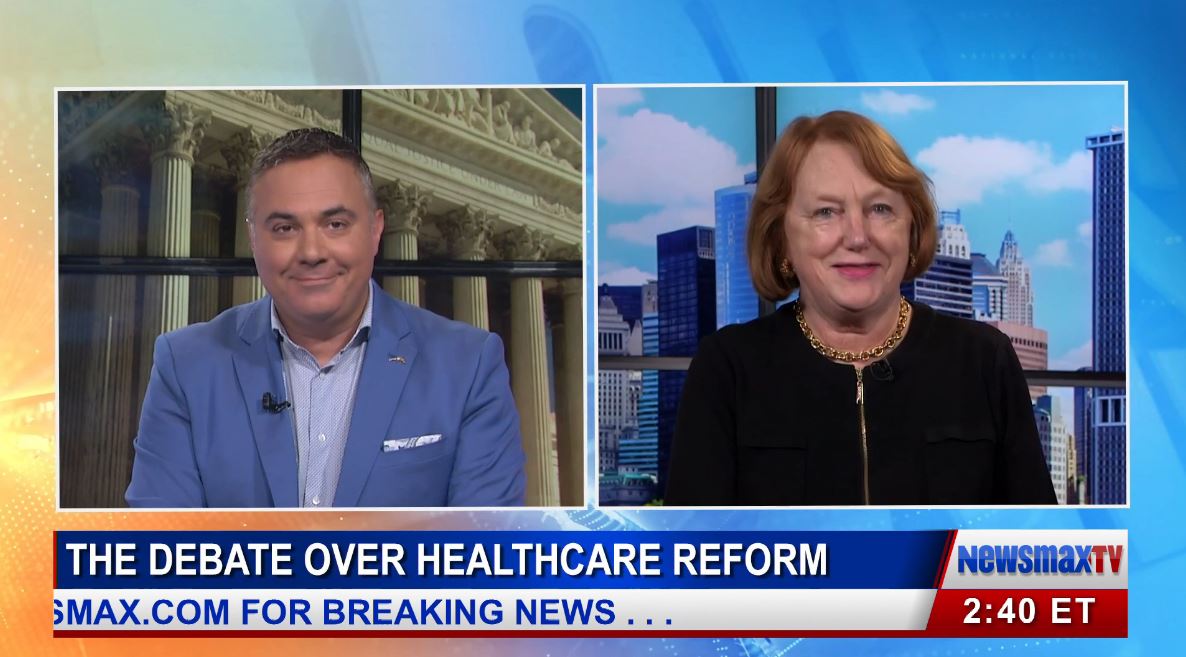The 2018 election has come and passed.
To paraphrase California’s governor-elect, Gavin Newsom will move to the “corner office” come January, “whether you like it or not.” While a few races are still up in the air as of this writing, it looks like he will have a Democrat supermajority in both houses of the Legislature to enact his agenda.
Now that the dust has settled, what do the election results mean for California?
Despite the Democrats continuing their dominance in the Golden State, we can expect changes in the months ahead.
Gavin Newsom and Jerry Brown couldn’t be more different, especially in terms of style and priorities. While Brown held the line (for a Democrat) on spending, prioritized paying down debt and saving for a “rainy day,” and rejected most of the expensive ideas put forth by extreme progressives in the Legislature, Newsom is not one to be stuck in neutral for the next four years.
If you listen to what he said during the campaign and read his many policy pronouncements over the years, Newsom is a policy wonk who wants to see action on big ideas. That being said, his priorities may clash with the Legislature’s – despite their common liberal bona fides.
When Democrats had a supermajority in both houses from 2012-14 (they had one on paper in 2016-8, but really didn’t due to #MeToo resignations and the Josh Newman recall), they were criticized for not exercising their power to make more big changes demanded by liberal groups. They’ll want to do things the right way this time.
It’s also a rite of passage for lawmakers to try and test a new governor. Expect liberal lawmakers with pent up demands after eight years under the more cautious Brown to push hard on Newsom to agree to create new programs and increase spending, especially with a majority approaching 60 seats in the Assembly. Despite their common liberal bona fides, Newsom’s priorities may clash with the Legislature’s.
Take the state budget. In January, Newsom will introduce his first as Governor. One of Brown’s hallmarks as governor was fiscal prudence. He blocked most proposals to increase ongoing spending and socked away nearly $12 billion in a rainy-day fund.
Newsom expressed his own fiscal conservatism late in the campaign, but will he really resist the temptation to spend some of this money to fund his own big government priorities? Will he reject demands from liberal lawmakers to use the rainy-day fund to increase budget spending for preschool, child care, colleges, and other priorities? History has shown that he should, as that $12 billion will be gone in an instant the next time California faces a recession.
Single-payer is another big question. Extreme progressives in the Legislature pushed Senate Bill 562 this session to enact a single-payer health care system in California. Smarter Democrats, realizing the bill’s $400 billion price tag would be political suicide, blocked the bill in the Assembly.
This sparked outrage by the nurses’ union and other extreme groups, who strongly backed Newsom over his support for single-payer. These groups will surely expect the new governor to make a major single-payer push early in 2019. Will he deliver? Probably not – at first.
Newsom understands that single-payer is popular with his base, but that SB 562 was both an unrealistic and unworkable proposal. It may also prove to be an albatross for Democrats in the 2020 campaign if Democrats fail on single-payer in California.
But Newsom’s “street cred” on the issue will allow him to keep single-payer advocates in the Legislature and on the outside at bay for awhile while he plots his strategy on the issue.
So, just how far can legislators push Newsom to embrace costly priorities that Brown resisted for his two terms? That will be the story to watch during the new Governor’s first 100 days and beyond.
Tim Anaya is the Pacific Research Institute’s communications director.

